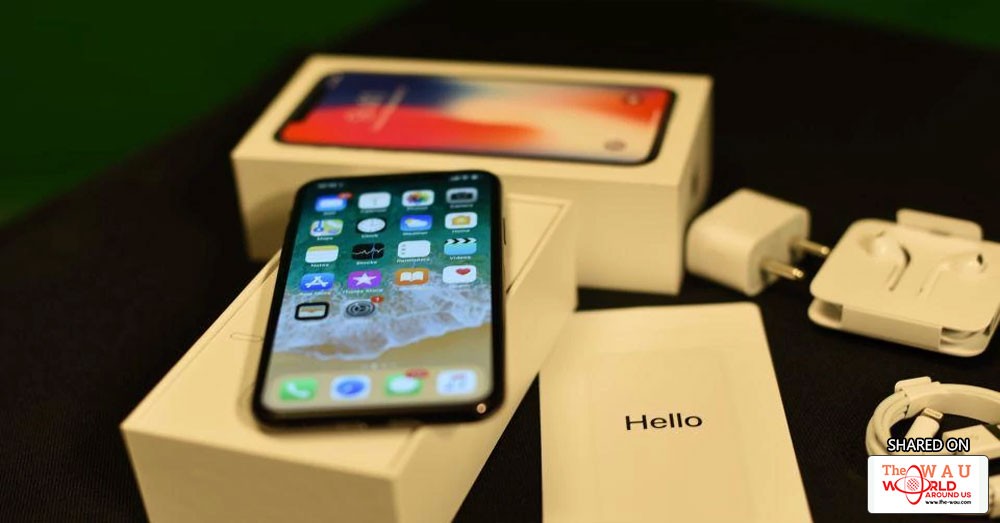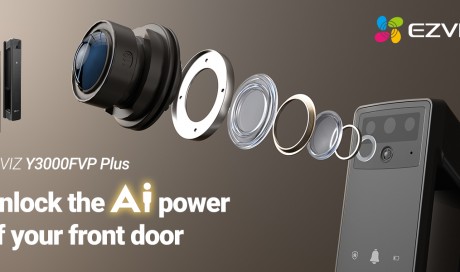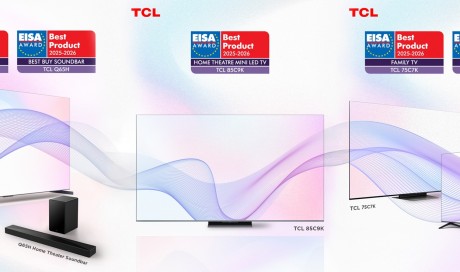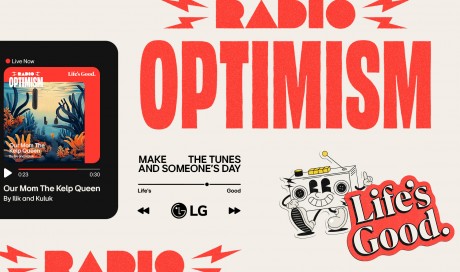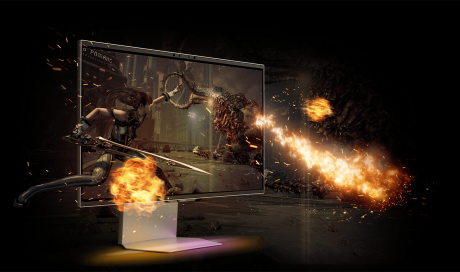Almost a decade ago, Apple’s late founder Steve Jobs unveiled the very first iPhone – a device that went on to revolutionise the way we interact with our mobile phones. Since then, Apple has come up with a new iPhone each year, and all of them have been touted as the best from the company. It would be an understatement to say that the Cupertino-based company has seen a big success in the iPhone, which – by the way – still accounts for a major part of its revenue.
On September 12, Apple CEO Tim Cook took the stage at the Steve Jobs Theater to unveil an anniversary special iPhone – dubbed as the iPhone X (pronounced 10). Cook described the iPhone X as the “future of smartphones”. How true is that, really?
On several fronts, the iPhone X does signify a radical change from various versions we have seen over the last decade. From edge-to-edge screen and dual-camera to futuristic Face ID biometric authentication, the iPhone X is supposed to bring about another shakeup in the mobile phone industry.
But let’s be honest. It’s 2017. The iPhone X may have a lot of features that are new to Apple, but for smartphones in general? Probably not. Though I will not go so far as to say that the Mi MIX 2 or Galaxy Note 8 are better smartphones, it should be noted that we have already come across many features of the iPhone X on rival handsets. Then again, the iPhone X may be the phone that perfects the futuristic features made sporadically available to Android users.
But how good is the iPhone X? Is it worth the hype and that hefty price tag? Well, we received an iPhone X unit less than 24 hours ago, and we aim to share our detailed review by the end of next week. Now, however, would be good time to give detailed initial impressions of the most expensive handset to emerge from the Apple stable.
Design, Edge-to-Edge OLED display
As you may have already seen in the press images and videos, the iPhone X is one of the most beautiful smartphones out there. Sporting a glass back, shiny metal edges and an OLED panel on the front, the iPhone X raises the bar for premium design. Featuring a 5.8-inch edge-to-edge display, it is slightly bigger than the iPhone 8 Plus (which has a 5.5-inch screen). The edge-to-edge display makes it look taller too.
The iPhone X also marks the redundancy of the home button, which doubles as the fingerprint scanner on other versions. While the removal of the TouchID makes way for an edge-to-edge screen, Siri can now be fired by pressing a button on the right edge. The button, which also serves to power the phone on and off, is a big longer than what we have seen on other iPhones. The left edge has the routine volume buttons and the dedicated silent mode switch.
When talking about the display, it is difficult to overlook the much-talked-about notch on top. Let me put it this way: The notch is almost omnipresent whenever you switch on the screen. It’s distracting and weird-looking, but maybe it will grow on me someday. The notch may not win everyone over from the aesthetic point of view, but there’s a reason why it exists. The notch is supposed to house an array of sensors, including ambient light, infrared camera, microphone, front camera and proximity sensor. If you squint a bit, you will catch a glimpse of the camera lens and speaker housed within.
That being said, the notch seems like an odd choice for design, and feels like a big trade-off for the overall phone. Apple understands this very well and is already working with developers to get the apps optimised for the notch.
But this is not all that’s jarring: The sides of the phone have bezels that are relatively thicker in comparison to the Xiaomi Mi MIX and Note 8. The Samsung Galaxy S8 series phones have an almost equivalent number of sensors and still deliver an Infinity Display. It’ll be interesting to see how consumers and developers respond to the notch.

The OLED panel is another big addition to the iPhone design. Clubbed with HDR 10 and Dolby Vision support, the display has so far been very impressive. Colours are accurate, crisper and richer – something you should expect from an ultra-premium smartphone. We love the idea of a True Tone that keeps adjusting the white balance on the screen, based on the colour temperature of the ambient light. It’s like an advanced version of Night Shift, a mode that changes screen white balance to ensure less strain on the eyes. This works, and is quite fast when you’re moving from outdoors to indoors and vice-versa.
Share This Post

